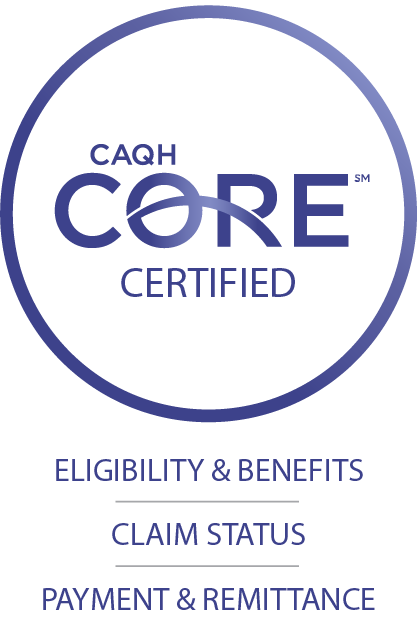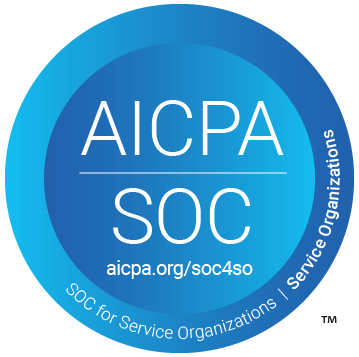What are Provider Contracts & How Do I Manage Them?
Before building any structure, having a blueprint on hand guides and even predicts the direction of your project. Similarly, provider contracts establish the floor and ceiling of your practice, outlining the agreed-upon terms of your professional services.
To avoid losing revenue, reading the fine print is a good rule of thumb when handling comprehensive agreements. After all, having a good hand at managing contracts lets you know when terms pose risks or present opportunities.
Whether you head a clinic or oversee health plans, these terms ultimately impact your bottom line. If you're looking to further your practice goals, diligently managing contracts is one way to ensure profitability and success.
What are Provider Contracts?
Provider contracts are arrangements between a healthcare provider (e.g. hospitals, clinics, or individual healthcare professionals) and a healthcare payer (e.g. insurance companies or government programs).
These contracts include terms and conditions that define how healthcare providers serve the beneficiaries covered by the payer's health insurance plan. Details and agreements between the healthcare provider and the payer are essential in these documents which often include the following:
- Scope of Services and Covered Benefits
- Reimbursement Rates and
Payment Processes
- Quality Measures and Performance Standards
- Compliance Requirements
The contract also addresses legal and regulatory considerations, confidentiality and data protection, and specific terms related to healthcare services. Inclusions may vary based on the type of healthcare provider, the payer's policies, and the benefits the contract covers.
Read More:
Common Managed Service Organization Contracting Issues
Contract Management Best Practices
With the sheer number of fine print to cover, navigating contract details is one of the most challenging parts of the job. To help you succeed, we've listed three practical ways to maximize your contracts so you never get the short end of the stick.
1. Negotiate Your Terms
This first step sets the groundwork for a successful and mutually beneficial partnership. The negotiation phase is critical in ensuring the resulting contract aligns with your practice and financial goals.
Provider contracts start with discussions between the healthcare provider and the payer. During these negotiations, each party is on a mission to secure advantageous terms concerning reimbursement rates, covered services, and other contractual responsibilities.
You only finalize a formal contract once both parties reach a consensus.
2. Keep Consistent Monitoring & Compliance Procedures
While your contract is in place, keep a close eye on the services you perform. Track your claim submissions, reimbursement rates, and whether you're meeting the quality standards set by the payer.
Remember, it's crucial to stick to the contract terms and
meet all the requirements, especially regarding billing, documentation, and the quality of care you offer. By staying on top of these things, you can avoid compliance issues and maintain a smooth relationship with payers and patients.
3. Run Data Analysis to Improve Performance
Data analytics is a game-changer when it comes to improving your performance. Evaluating data related to contract performance highlights the areas that need improvement and ensures your services meet the payer's standards
and requirements effectively.
Tracking progress based on key quality metrics is a crucial part of this process. With data analytics, you can gain valuable insights that enable you to make informed decisions, fine-tune your strategies, and take your contract performance to the next level.
This extra step boosts your performance and strengthens your relationships with payers and patients.
Read More:
How to Get the Most Out of Payer-Provider Analytics
Aligning Contracts with Value-based Care to Your Advantage
As a medical provider, covering billing and insurance-related administrative expenses can be tricky when costs reach new highs each year. But the good news is that
proactive solutions are now in place to tackle this issue and improve overall healthcare quality.
One such solution is the
value-based reimbursement program (VBRP), which encourages provider contracts to prioritize quality care and cost efficiency. Its goal is to find that perfect balance of delivering top-notch healthcare while managing costs.
Higher star-rated contracts are pivotal in this pursuit. With consistently high performance, positive outcomes follow as healthcare facilities and providers earn better star ratings.
For one, more people are more likely to enroll in their healthcare plans, expanding access to essential care. Patients with complex health needs are also less likely to discontinue their care when their healthcare provider has a higher star rating.
By focusing on both quality and cost-effectiveness, you have the potential to establish a more efficient and effective care delivery system, benefiting both patients and providers alike.
Push the Envelope with Digital Systems
Dealing with multiple contracts can be a real headache. Luckily, you can now centralize processes in one reliable digital platform.
With
QuickCap 7 (QC7), you can enjoy various digital tools that make contract management a breeze. Our user-friendly interface streamlines loading and updating provider information so you can guarantee accurate provider reimbursement every time.
Quick Cap 7 automates contract and billing calculations for you with built-in systems that observe industry standards. Our software is fully equipped to help you store and configure provider and health plan contracts, member details, and other important information - so you can manage all your business data in one simple software.
With advanced data analytics, you can track your performance across critical metrics stipulated in your contracts, so you don’t have to worry about missing any requirements.
Take Charge of Your Contracts with Confidence,
Let QuickCap Handle the Rest!
References:
- Eriksson, T., Levin, L. Å., & Nedlund, A. C. (2023). The introduction of a value-based reimbursement programme-Alignment and resistance among healthcare providers. The International journal of health planning and management, 38(1), 129–148. https://doi.org/10.1002/hpm.3574
- Jia, L., Meng, Q., Scott, A., Yuan, B., & Zhang, L. (2021). Payment methods for healthcare providers working in outpatient healthcare settings. The Cochrane database of systematic reviews, 1(1), CD011865. https://doi.org/10.1002/14651858.CD011865.pub2
- Meyers, D. J., Trivedi, A. N., Wilson, I. B., Mor, V., & Rahman, M. (2021). Higher Medicare Advantage Star Ratings Are Associated With Improvements In Patient Outcomes. Health affairs (Project Hope), 40(2), 243–250. https://doi.org/10.1377/hlthaff.2020.00845
- Security Health Plan. “Medicare Provider Manual: Provider Contracting,” March 2, 2020. https://www.securityhealth.org:451/providers/provider-manual/medicare-advantage/provider-rights-and-responsibilities/provider-contracting.
October 27, 2025
APG Fall Conference 2025 brings together innovators advancing accountable care. Join MedVision at Booth #203 to explore innovative value-based solutions.
By Jadys Diez
•
October 13, 2025
Join MedVision at SIIA 2025 in Phoenix to explore QuickCap and smarter strategies for value-based care in self-insurance.
By Julie Sillar
•
October 10, 2025
Explore how MedVision can revolutionize your ACO at FLAACOs 2025! See QuickCap in action and gain actionable insights for efficiency and patient care.




















